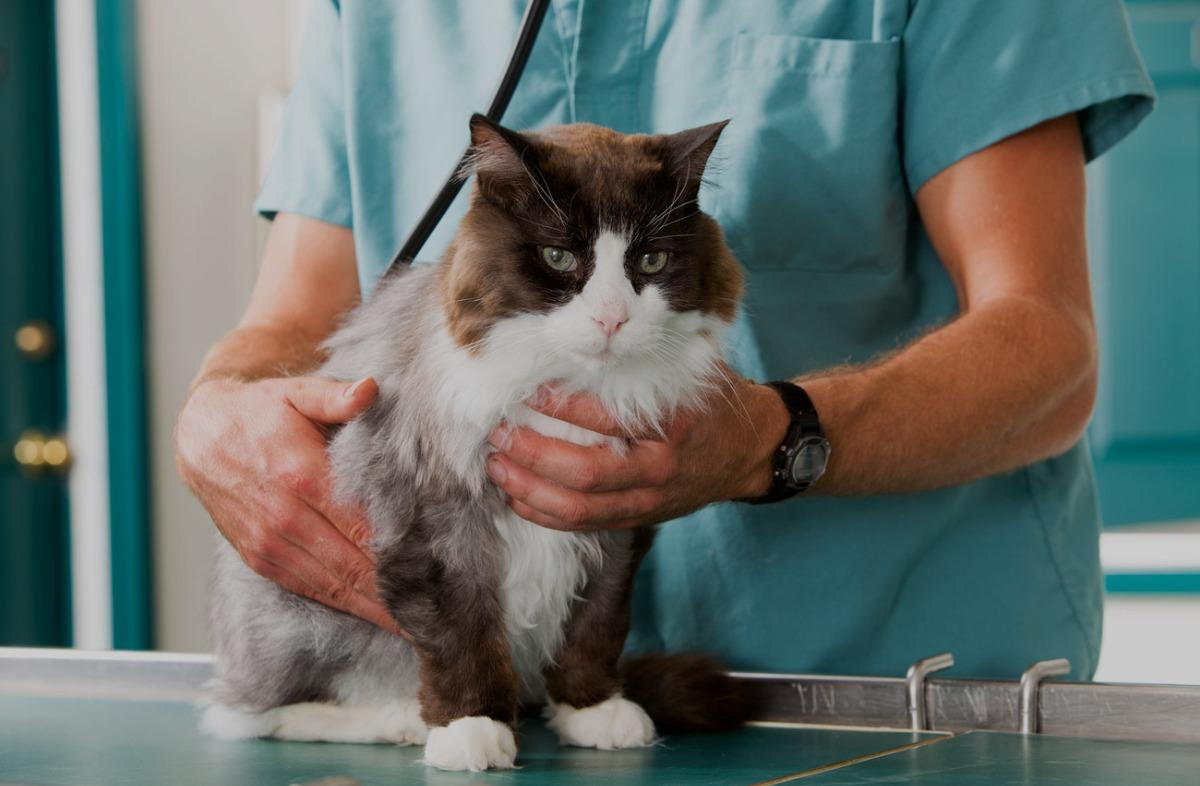Mast Cell Tumors in Cats

- posted: Oct. 14, 2021
Did you know that mast cell tumors are the most prevalent form of splenic tumor, second-most-common skin tumor, and third most common intestinal tumor in cats? Mast cell tumors can generate nodules or masses in the skin, including other organs, and propagate enlargement of the spleen and small intestine. The leading cause of mast cell tumor is not well established, but environmental triggers constitute a significant suspect. Most mast cell tumors mostly appear on a feline's tail, limbs, head, and neck. Are you a cat owner who has spotted any form of tumor on the skin of your cat? Don't hesitate to get in touch with our veterinarian at Fairway Knolls Veterinary Hospital today.
Diagnosing Mast Cell Tumors
A well-designed exemplary needle aspiration process (FNA) is habitually undertaken to establish a prevailing mast cell tumor. A tiny needle is injected into the prevailing masses, cells situated here are ejected out, positioned on a glass slide, and assessed under the help of a microscope. This evaluation is referred to as cytology.
For skin masses, sedation is not typically needed. However, ultrasound guidance and sedation may be essential for inner masses to get the required sample safely and painlessly. To ascertain the magnitude of the impending illness, blood work, a particular blood test, a bone marrow test, x-rays, or an ultrasound of the stomach might be recommended.
Management of mast cell tumors can propagate the secretion of chemicals (like histamine) deposited in the cells. This can lead to several complications. Our veterinarian will likely administer antihistamine medication before sample collection or tumor removal to avert these problems.
Mast Cell Tumor Treatment
Surgery, followed by a biopsy, is the recommended treatment plan for cats' mutually cutaneous and visceral mast cell tumors. Most typically, this necessitates eradicating a mass on the skin or removing the spleen. Surgical recovery takes an average of 2-4 weeks of limited activity. Usage of antibiotics, pain medications, and antihistamines is advocated to be continued at home. Supplementary treatment, such as chemotherapy, will depend on the biopsy results. Cats possessing cutaneous mast cell tumors typically recuperate very well. There is minimal likelihood of the tumors reappearing again after surgery. Most felines live many years post-surgery.
Contact Our Animal Hospital in Bloomington, IL
Call Fairway Knolls Veterinary Hospital today at (309) 663-1414 for more information or to schedule an appointment with our veterinarian.
Location
Find us on the map
Fairway Knolls Veterinary Hospital
612 IAA Dr
Bloomington, IL 61701
